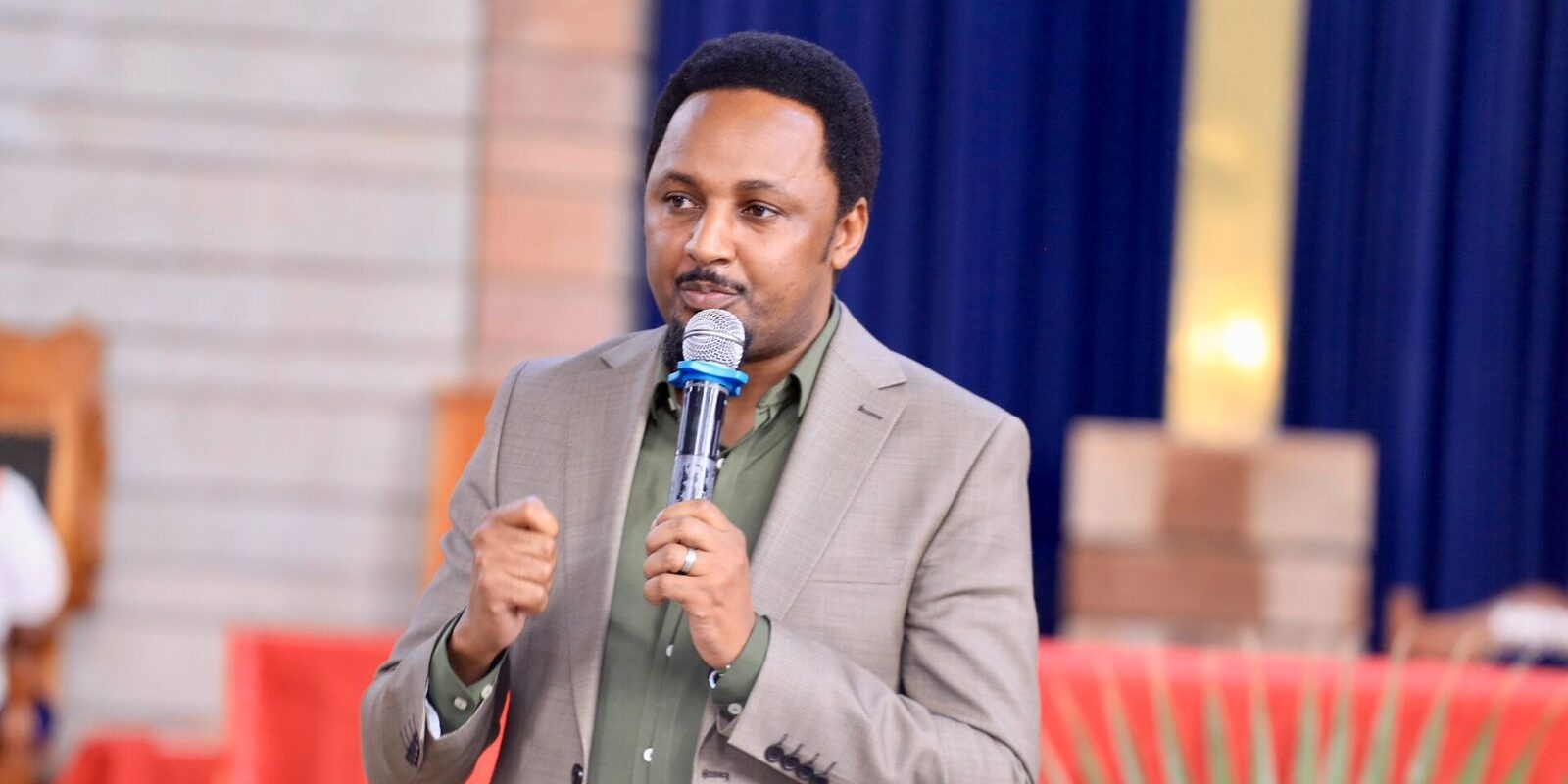On Saturday, August 24, the Intergovernmental Authority on Development (IGAD) held consultations on the draft Child Policy Framework in Nairobi.
The consultations brought together children from Kenya, South Sudan, and Uganda to give their input on the draft framework. Their input is tipped to help shape the policy.
In the meeting, the 35 children in attendance engaged in discussions about their rights, resources at their disposal, and actions they can take in response to rights violations.
The children also proposed solutions to challenges they encounter, even in cross-border settings.
According to IGAD, 47 per cent of the population in the region with eight countries are children, which translates to almost half of the total population.
According to the authority, while it has done well in formulating policies for other sectors, key gaps in IGAD interventions exist with regard to child-sensitive approaches and policies.
The policy, once adopted, will strengthen the rights of children in the IGAD region.
It will also close these gaps by creating a solid foundation for IGAD’s child protection efforts.
The authority reiterated that the development of the child policy will lay down a solid foundation and a framework on the basis of which IGAD could coordinate, streamline, and harmonise all its activities at the crossroads of child protection and other relevant sectors.
Formulation of the policy began in July 2022, where all member states were represented, as well as international partners such as Save the Children and the Swiss Agency for Development and Cooperation (SDC).
The Child Policy Framework focuses on key thematic areas including;
Child Protection, where IGAD will develop inclusive child-sensitive laws, policies and operational tools across different sectors affecting child rights and protection in line with regional and continental standards.
It will also guarantee access to documentation, including through strengthened comprehensive civil registration and vital statistics systems, as well as prevention of child rights violations, including neglect, abuse, violence and exploitation.
The authority also aims to have in place child-centred governance and coordination structures, strengthen the human, financial and system capacity to ensure the protection of children and strengthen data and evidence generation to support child-sensitive policymaking and planning.
On Education, IGAD will expand and improve comprehensive early childhood care, development and education, guarantee equitable access to quality primary and secondary education, strengthen technical and vocational education and training and guarantee a safe and secure, fulfilling learning environment for children.
The policy also seeks to improve the quality of teaching materials and strengthen the capacity of teaching staff and TVET instructors, ensure an inclusive and gender-sensitive and culturally relevant education system, guarantee access to education in emergencies and to reach their SDGs and agenda 2063 goals on education and related strategic goals.
On Health, the policy seeks to strengthen and expand facility-level new born and child healthcare, expand community-level newborn and child health care, as well as strengthen and expand early childhood development (ECD) at the facility and community levels.
It will also ensure sustainable access to lifesaving commodities and medical equipment at all healthcare levels, capacitate the health care providers working on newborn and child health for quality of care, ensure quality and equitable access to newborn and child healthcare services, have evidence-based newborn and child health data used for decision-making and foster regional cooperation and cross-border interventions on new born and child health care.
On Nutrition, the child policy framework proposes creation of an enabling environment for the promotion of nutrition care and services, strengthen advocacy, scale up nutrition programs, improve access to nutrition information and build the capacity of the workforce.
On Water Sanitation and Hygiene (WASH), the policy aims to promote good governance of water to ensure that children have access to safe water, improve health outcomes for children through good WASH practices, and ensure availability of inclusive WASH facilities in all settings, as well as promoting good WASH practices among children, family and the community.
On Environment and Climate Change, the framework seeks to prevent child rights violations due to environmental and climate change and mitigate the negative impacts of disasters, protect children during disasters and post-recovery efforts and ensure children are engaged in disaster and climate planning and response.
On Social Protection, it will establish an integrated child-sensitive social protection through holistic legal and policy frameworks and programmatic interventions.
It will also promote an inclusive social protection system, establish a system capable of preventing and responding to protection risks, promote evidence-based child-sensitive policy and programming, promote strengthened, comprehensive, and inclusive social protection systems within the region and ensure the sustainability of social protection programs.
On Justice, the policy will establish a child-sensitive justice system aligned with international standards focused on the individual rights and needs of the child, strengthen the capacity of relevant professionals, including law enforcement and provide a comprehensive solution to children in contact with the law and guarantee the effectiveness and efficiency of the child-sensitive justice system.
On Peace and Security, the framework seeks to create a safe environment free of violence, abuse and exploitation where children can grow and attain their full potential, o limit the impacts of conflict and violence on children, o address the needs of children in post-conflict settings, and also enhance the participation of children in decision-making processes related to peace and reconciliation including peacebuilding and post-recovery reconstruction and development.
On Child Participation, the IGAD policy seeks to promote a rights-based approach to child participation, establish a conducive, safe, and inclusive environment for active engagement and child participation, and increase the capacity of decision-makers to listen and engage with children.











